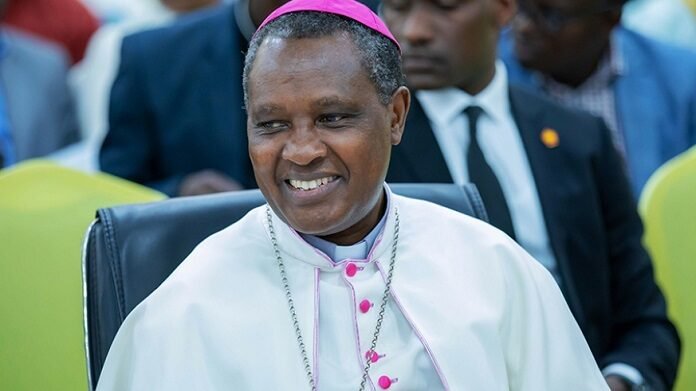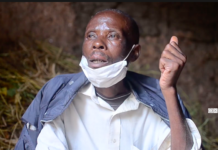
On November 28, 13 new cardinals – including the current Archbishop of Kigali, Antoine Kambanda – will be members of the College of Cardinals after appointment by Pope Francis.
Kambanda, 61, is the first ever cardinal from Rwanda.
The Pope announced the new cardinals On Sunday, October 25.
Nine of the newly appointed cardinals are under 80-years of age – cardinal electors. This means that they are eligible too in the election of the pope.
“This coming 28 November, on the eve of the first Sunday of Advent, I will hold a Consistory for the appointment of the 13 new Cardinals,” Pope Francis said.
A Consistory is a solemn assembly of cardinals summoned and presided over by the Pope.
They will join the College of Cardinals that had 219 members as of 2019, according to the vatican.va, the official website of the Rome-headquartered Catholic Church.
Of the current 219 cardinals as of 2019, some 97 were non-electors as they are above 80 years of age.
The Cardinals belong to various Roman Congregations: they are considered Princes of the Church, with the title of Eminence. Those resident in Rome, also outside Vatican City, enjoy the rights and privileges of citizenship to the same.
Creation of cardinals
According to the Code of Canon Law, in section I. on the supreme authority of the Church, the Roman Pontiff freely selects men to be promoted as cardinals.
They must have been ordained at least into the order of the presbyterate – priesthood – and are especially outstanding in doctrine, morals, piety, and prudence in action.
And those who are not yet bishops must receive episcopal consecration.
The same Canon Law also provides that Cardinals are created by a decree of the Roman Pontiff which is made public in the presence of the College of Cardinals. From the moment of the announcement they are bound by the duties and possess the rights defined by law.
Powers and service of cardinals
Cardinals wear scarlet (blood-like red) religious vestments as a sign of the dignity of the cardinalate, signifying the readiness to act with courage, even to the shedding of their blood, for the increase of the Christian faith, for the peace and tranquillity of the people of God and for the freedom and growth of ‘Holy’ Roman Church.
The Code of Canon Law states that the cardinals of the Holy Roman Church constitute a special college whose prerogative is to elect the Roman Pontiff according to the norm of special law.
The cardinals assist the Roman Pontiff either collegially when they are convoked to deal with questions of major importance, or individually when they help the Roman Pontiff through the various offices they perform, especially in the daily care of the universal Church.
They are obliged to cooperate diligently and closely with the Pope; therefore, cardinals who exercise any office in the curia and who are not diocesan bishops are obliged to reside in Rome.
Cardinals who have the care of some diocese as the diocesan bishop are to go to Rome whenever the Roman Pontiff calls them.
Bishop Philippe Rukamba, the President of the Catholic Episcopal Conference of Rwanda, said that in terms of hierarchy, cardinals are second to the Pope.
In terms of church service, he said, some are bishops of dioceses or archbishops of archdioceses, as the Pope is also a bishop of Rome – though he is the supreme pontiff.
“They advise the Pope, but also vote him, and the Pope is elected from them,” he said, pointing out that each of them can be a candidate for the papacy (as long as he meets the requirements).
He said that some work in the Pope’s office in Rome, in various departments including education, while others continue to head their dioceses.
For Kambanda, Rukamba said, he will be cardinal, but at the same time remain the Archbishop of Kigali.
Number of cardinals with the right to elect the Pope
In the Secret Consistory of 5 November 1973 Paul VI established that the maximum number of Cardinals that have the right to elect the Roman Pontiff be set at 120.
John Paul II, in the Apostolic Constitution of February 22, 1996 reconfirmed this directive.
Pope Francis has created cardinals at six consistories held at roughly annual intervals beginning in 2014, most recently on 5 October 2019. He has created 88 cardinals from 56 countries, 17 of which had never been represented in the College of Cardinals.
Francis’ consistories have all brought the number of cardinal electors above the maximum of 120, as did several consistories held by John Paul II and Benedict XVI.
It is to note that only 29 African countries have cardinals, with the Democratic Republic of the Congo having two – the highest number on the continent.
Source: The New Times














